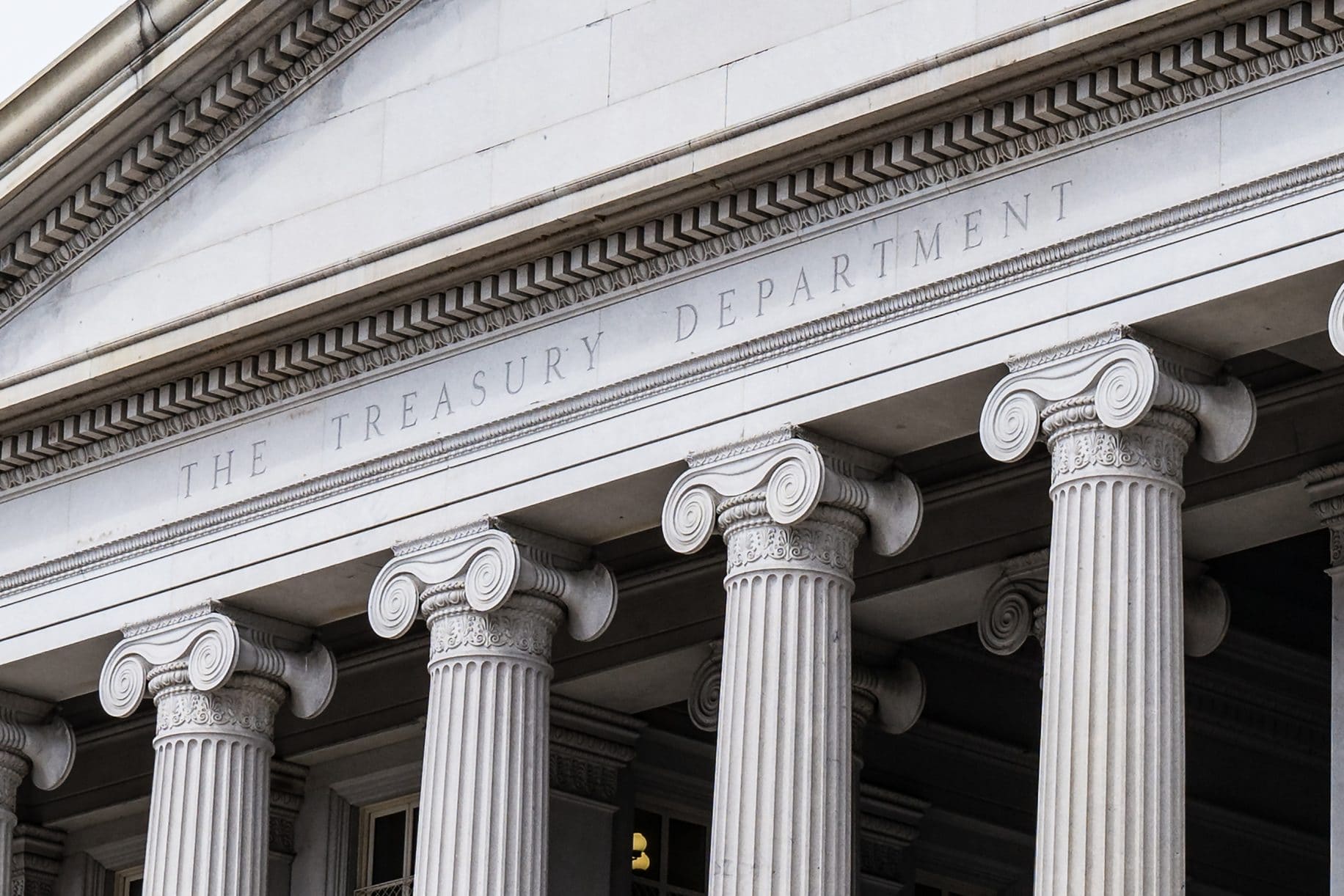Economic Insights: FDI, Trade Balance, and More
Explore the fascinating developments in international economic landscapes, from Jordan's strategic foreign direct investment efforts to the shifts in Brazil's trade surplus and GCC's economic statistics.
Published January 08, 2025 - 00:01am

Image recovered from arabnews.com
Jordan has demonstrated a robust performance in attracting foreign direct investment (FDI), despite facing regional economic challenges. In the third quarter of 2024, FDI inflows rose by 3.7 percent year on year, amounting to $457.8 million. This figure represents 3.2 percent of the country's gross domestic product (GDP), a testament to sustained investor confidence, as reported by the Jordan News Agency. This performance is part of a broader trend, with FDI inflows for the first nine months of 2024 totaling $1.3 billion, or 3.3 percent of GDP, reflecting an ambitious trajectory despite a slight decline from $1.6 billion in 2023.
This growth underscores Jordan's long-term strength in investment, surpassing cumulative levels seen in 2021 and 2022. The kingdom's aggression in attracting foreign capital is driven by its Economic Modernization Vision, established in 2022, which aims to secure $60 billion in investments and create a million jobs over the next decade. Key sectors targeted for this growth include information and communications technology (ICT), healthcare, tourism, real estate, mining, and agriculture.
Diversifying the origins of these investments, Arab nations led, contributing nearly half of Jordan's FDI inflows in the first three quarters of 2024. Particularly, Gulf Cooperation Council (GCC) countries were most prominent, accounting for 31.7 percent. The European Union and Asian nations also played significant roles, with notable investments from the Netherlands, France, China, and India.
Meanwhile, Brazil's trade balance presented a complex yet noteworthy picture. In 2024, Brazil's trade balance recorded a surplus of $74.552 billion in exports over imports, despite a 24.6 percent drop from the record $98.903 billion in 2023. The decline was mainly due to falling prices of agricultural products and a rise in imports driven by economic recovery. However, this still remains the second-highest surplus, emphasizing the country's strong exports, particularly in crude oil, which saw a 5.2 percent increase in value and a 10.1 percent rise in volume.
The inflation rates in GCC countries have shown moderate increases, according to the GCC Statistical Center. As of September 2024, the average inflation rate rose by 1.5 percent compared to the previous year. This change stems largely from a significant 5.7 percent rise in housing costs. Other sectors such as culture and entertainment, commodities and services, and food and beverages contributed to the increase. In contrast, some categories like transportation, furniture, and communication saw price decreases. This inflation rate remained lower than many of the GCC's trading partners, highlighting a relatively balanced economic environment amid global pressures.
The economic outlook presented by the U.S. Federal Reserve reflects a similarly intricate scenario. Federal Reserve Board Governor Lisa D. Cook emphasized the strengthening U.S. economy, highlighted by a strong labor market and progress towards inflation targets. The GDP grew at a rate of 3.1 percent in the third quarter, while job markets remained resilient. In her speech, Cook stressed the Federal Reserve's dual focus on ensuring price stability and maximizing employment while calibrating monetary policy to adapt to evolving economic conditions.
Globally, economic strategies and monetary policies continue to adapt in response to fluctuating market conditions, technological innovations, and geopolitical concerns. As countries like Jordan and Brazil navigate their economic landscapes, the themes of diversification, modernization, and stability remain central. The interconnectedness of global economic activities underscores the necessity for thoughtful and strategic planning to foster sustainable growth amid challenges.







